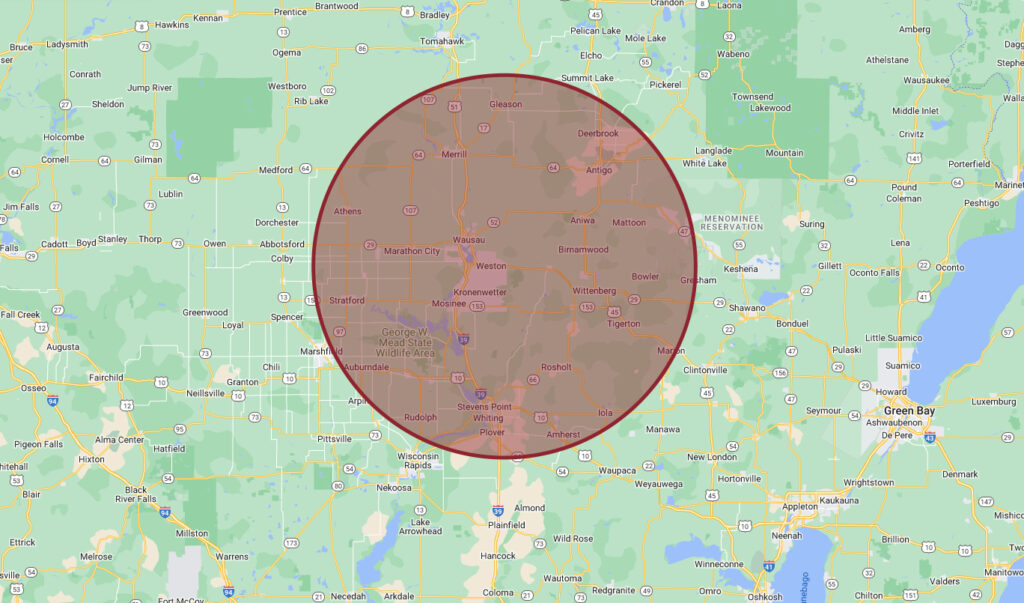A Brief History of Plumbing
A supply of pure water was essential for the first settlements of people who began to cultivate the land around them. Nomadic hunter-gatherers would have traveled to find water and other needs but, in order to settle, dependable rainfall, a perennial river or spring was necessary for crop irrigation.
As settlement and agriculture became more intensive, people began to find ways of controlling their water supply including the diversion of rivers for irrigation and artificial watercourses to channel water into a settlement for drinking and washing.
Mohenjo-daro, a town of 40,000, supplied water to its bathrooms and lavatories in 2500 BC. This part of the Indus valley is now desert.
By 400AD Rome was supplied with drains, sewers, aqueducts (carrying over a million cubic meters of water per day), fountains and public and private baths. Roman plumbing was put to use throughout the Empire, including the Romanization of existing hot springs, such as at Bath. The Romans favored lead (plumbum in Latin) for water pipes and ducts, for lining cisterns and baths and for roofing. The dangers of lead poisoning from water supply pipes were pointed out by the engineer Vitruvius in the first century, but his advice seems to have been ignored and lead pipes still supply around nine million homes today.
Medieval sewerage was, it seems, a simpler affair with many larger houses and castles using a “garderobe” (changing room) built into an external wall, often near a chimney for comfort. These consisted of a bench overhanging the outside face of the wall with a drop to a river, stream or into a pit or barrel, which would have to be cleaned out by relatively well-paid workers.
In Britain, as the population increased and centralized into cities, rivers such as the Fleet and the Thames became open sewers. Real change only occurred after outbreaks of typhoid and cholera were linked with polluted water supplies. Plumbing fixtures designed to supply drinking water and carry water-borne wastes within buildings and the first filtration systems were installed. The Public Health Act of 1848 legislated that every house should have a flushing toilet, privy, ash pit or some form of sanitary arrangement. The government also invested five million pounds in sanitary research and engineering and began to build a sound sewer system.
These developments made the production of the water closet commercially viable. The first modern flushing toilet was designed by Sir John Harrington in 1589, but only himself and Queen Elizabeth I owned models and Harrington was ridiculed for what was considered an ‘absurd device’. In 1778, Joseph Bramah, a London cabinet-maker, patented his hinged valve water closet, which continued to sell until 1890 when the plumber, Thomas Crapper designed a new version. His design perfected the cistern, which discharged a large amount of water at high speed to clear the bowl. It was well-timed with the Metropolitan Water Act of 1872, which guaranteed an adequate supply of piped water to households in London. His ‘valveless waste preventer’ was also in tune with the Water Act by reducing the amount of water needed for flushing, at a time when there were fears that London’s water supply was running out. It was, however, Thomas Twyford who in 1885 provided us with the toilet we know today. He redesigned the water closet from a leaking two-piece wooden and metal device to the one-piece ceramic pedestal closet.
In 1888 the first working-class dwellings with purpose-built bathrooms were constructed in Port Sunlight, Cheshire, but some rural areas had to wait until the mid-twentieth century for water supplies and sewage systems.
Providing a piped water supply and sewerage system in rural areas was very expensive. Ratepayers often opposed plans when they realized how much it would cost them and some believed the old privies were more sanitary.
The development of mains water supplies and sewage systems has improved our quality of life, but we are not so aware of the value of water and this has led to complacency. Increasing population and urbanization is putting greater strain on the finite supply of freshwater, but new solutions are emerging. The installation of simple features such as rainwater tanks or grey-water systems (which divert and store waste-water from sinks and baths) to supply lavatory cisterns will be refined to reduce our consumption of mains water, and this ought to become a major aspect of plumbing in the years to come.




